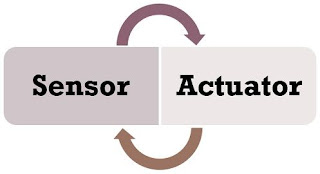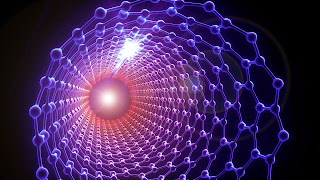Genetic Engineering Appraisal Committee Approves Genetically Modified Mustard for Environmental Release
India’s apex Biotech regulator, Genetic Engineering Appraisal Committee (GEAC), has recommended indigenously developed India’s first-ever transgenic food crop genetically modified mustard containing two alien genes isolated from non-pathogenic soil bacterium called Bacillus amyloliquefaciens. The transgenic mustard variety DMH – 11 was developed by Dr. Deepak Pental, and his colleagues from the Centre for Genetic Manipulation of Crop Plants at the University of Delhi, South Campus.
GM mustard DMH – 11 was created through transgenic technology involving the Bar, Barnase, and Barstar gene systems. The Barnase gene confers male sterility, while the Barstar gene restores DMH – 11’s ability to produce fertile seeds. The insertion of the third gene Bar enables DMH – 11 to produce phosphinothricin-N- acetyl-transferase, the enzyme responsible for Glufosinate resistance. Glufosinate resistance is due to an enzyme expressed by the Bar (Bialaphos resistance) gene. The cloned Bar gene (derived from Streptomyces hygroscopicus) encodes for the synthesis of phosphinothricin-N- acetyl-transferase (PAT). PAT enzymes produced by the Bar gene, deactivate Bialaphos (the tripeptide precursor to phosphinothricin) through acetylation to form an inactive, non-toxic product. This enzyme is responsible for detoxifying the active ingredient in the herbicide Glufosinate-phosphinothricin. Phosphinothricin’s mechanism of action involves the inhibition of Glutamine synthetase, which prevents the detoxification of ammonia and subsequently causes toxic buildup within plant cells. Inhibition of glutamine synthetase also leads to an overall reduction in Glutamine levels. In plants, Glutamine acts as a signaling molecule, and as a major amino acid donor for nucleotide synthesis. Hence, this GM mustard DMH – 11 is Glufosinate tolerant, and therefore it is thought to encourage farmers to liberally spray the herbicide upon commercialization.
So far, India has not approved any commercial cultivation of transgenic food crops. It will be the first GM food to be approved by Govt of India for commercial cultivation. This approval for GM mustard was a long wait but better late than never. Transgenic Bt-cotton was allowed for cultivation by the Government of India in the year 2002. The decision comes on the backdrop of soaring edible oil prices in the past few years. India meets 70 percent of its domestic cooking oil demand by importing a variety of oils such as sunflower, soybean, and palm. Still, we are continuing to import larger volumes of GM soybean oil from USA, Brazil, and Argentina. India has imported 4.1 million tonnes of GM soybean oil in 2021-22. The decision by GEAC was taken during its 147th meeting held on October 18, 2022. The regulator recommended the “environmental release of mustard hybrid DMH-11 for its seed production and testing as per existing ICAR guidelines and other rules/regulations before proper commercial release. GM mustard was found not to pose any food allergy risks and has demonstrated increased yields over existing mustard varieties. Conflicting details and results regarding the field trials and safety evaluations conducted on GM mustard have delayed its approval for commercial cropping.
In 2017, GEAC has recommended the commercial release of GM mustard but due to objections from Swadeshi Jagran Manch, an affiliate of RSS, the Govt. of India has put it on hold. Similarly, transgenic brinjal was put on indefinite moratorium in 2010 by then environment minister Jairam Ramesh. GM mustard technology will now accelerate mustard breeding programs for bringing a new revolution in mustard farming by enhancing edible oil production in the country. The project to develop DMH – 11 received funding from the National Dairy Development Board of India and the Department of Biotechnology (DBT).















